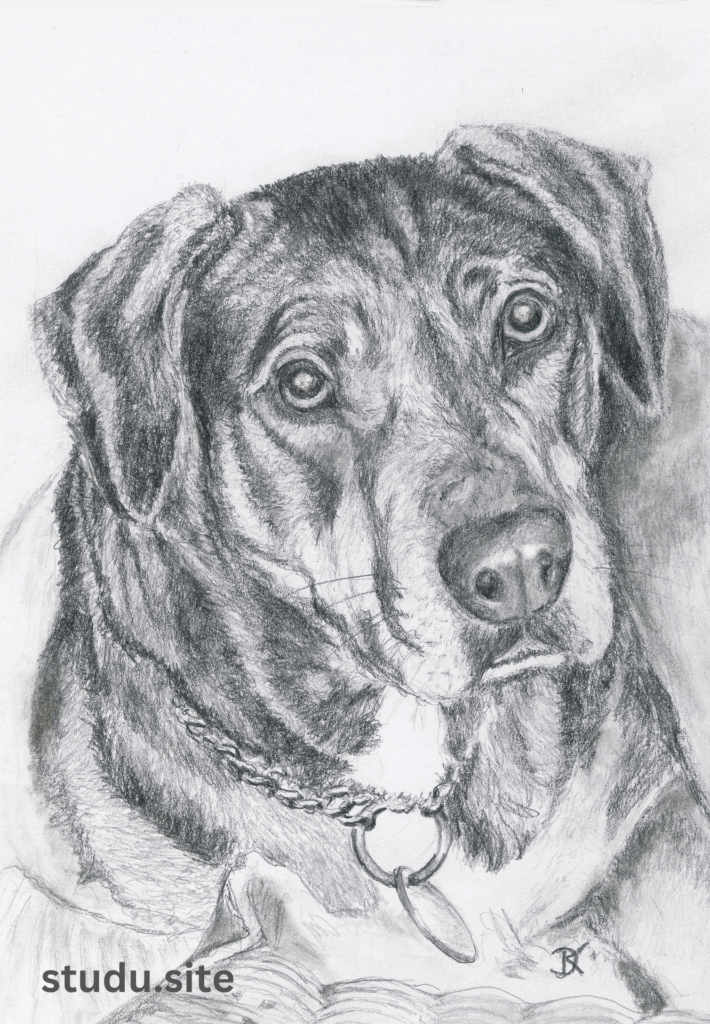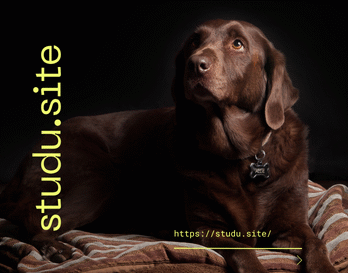Introduction to How to Draw a Dog
Drawing a dog is a rewarding and fun way to express creativity, whether you’re an aspiring artist or a pet lover wanting to capture your furry friend on paper. Dogs, with their expressive features and varied breeds, are a sought-after topic for 2025 artists, going viral on sites such as X using hashtags such as #DogDrawing and #PetArt. This all-encompassing guide will take you through drawing a dog step by step, including tools, techniques, and beginner-intermediate tips. From realistic portraits to cartoonish fun, you’ll discover how to capture canine appeal, whether you’re a beginner or intermediate artist.

Why Learn to Draw a Dog?
Dogs are beloved for their loyalty and unique personalities, making them an ideal subject for artists. According to the American Pet Products Association, 66% of U.S. households owned a pet in 2024, with dogs topping the list, inspiring countless artworks shared online. Drawing dogs helps you:
-
Hone Art Skills: Practice proportions, shading, and texture with varied fur types.
-
Capture Emotion: Convey a dog’s joy, curiosity, or calm through expressive features.
-
Create Keepsakes: Craft personalized pet portraits for yourself or as gifts.
-
Join Art Communities: Share your work on X or Instagram to connect with other dog-loving artists.
Tools You’ll Need to Draw a Dog
Traditional Drawing Tools
-
Pencils: HB for sketching, 2B–6B for shading.
-
Paper: Smooth Bristol board for finicky work or sketch paper for exercise.
-
Erasers: Kneaded erasers for smooth blending, precision erasers for highlights.
-
Blending Tools: Tortillons or stumps for velvety fur textures.
-
Colored Pencils/Markers: Prismacolor or Copic for vivid dog drawings.
Digital Drawing Tools
-
Tablets: Wacom, Huion, or iPad with Apple Pencil for accuracy.
-
Software: Procreate, Adobe Fresco, or Clip Studio Paint for brushy versatility.
-
Stylus: High-sensitivity styluses for delicate lines.
-
References: Tools such as Pinterest or PureRef for dog photo collections.
Step-by-Step Guide: Drawing a Realistic Dog
Step 1: Collect Reference Photos
Collect high-quality photos of the dog or breed you wish to draw. Browse X with hashtags #DogSketch or #PetPortraits for inspiration. Look at the dog’s anatomy, fur patterns, and facial expressions as you use them to inform your sketch.
Step 2: Sketch Basic Shapes
Begin using light pencil marks or a low-opacity digital brush:
-
Draw an oval for the head and a larger oval for the body.
-
Add smaller circles for joints (shoulders, hips) and lines for legs.
-
Draw facial guidelines, with eyes half-way down the head and the nose at the bottom.
Step 3: Refine Proportions
Modify the sketch to suit the breed:
-
For a Labrador, stretch out the body and add a wide head.
-
For a Chihuahua, maintain the large head and small body.
-
Use reference photos to get accuracy, such as the erect ears of a German Shepherd.
Step 4: Draw Facial Features
Concentrate on the eyes, nose, and mouth in order to convey emotion:
-
Trace almond-shaped eyes with reflective sheens for a lively appearance.
-
Draw a triangular nose with gentle shading for dimension.
-
Add a curved mouth to indicate a cheerful pant or relaxed smile.
Step 5: Add Fur Texture
Fur differs by breed:
-
Short Fur (e.g., Pitbull): Employ short, directional strokes with a 2B pencil or fine digital brush.
-
Long Fur (e.g., Afghan Hound): Build flowing strokes, blending for softness.
-
Curly Fur (e.g., Labradoodle): Make tight, rounded shapes with mixed pressure.
Step 6: Apply Shading
Create depth with shading:
-
Identify the source of light and shade opposite sides (e.g., underneath ears).
-
Use cross-hatching or blurring for smooth transitions.
-
Add highlights with an eraser or white digital brush for shiny fur.
Step 7: Finalize Details
Refine ear folds, collar texture, or whiskers. Verify proportions and correct if necessary. For computer art, use layers to try out backgrounds or color.
How to Draw a Cartoon Dog
For a playful, cartoon-type dog:
-
Exaggerate, such as oversized eyes or a ridiculously large nose.
-
Use heavy lines with a marker or computer ink tool.
-
Simplify fur with little shadowing and bright colors.
Take inspiration from 2025 trends on X, such as #CartoonDogArt, with characters such as Bluey or Snoopy.
Breed-Specific Tips for Drawing Dogs
Customize your technique to the breed:
-
Golden Retriever: Maximize flowing, golden coat and friendly smile.
-
Bulldog: Accentuate skin folds and short, muscular body.
-
Siberian Husky: Get those piercing eyes and thick, layered coat.
-
Dachshund: Stretch the body with short, stumpy legs.
Look up on X for hashtags related to the breed (e.g., #HuskyDrawing) and observe how artists depict these characteristics.
Common Errors to Steer Clear of When Drawing Dogs
Incorrect Proportions: Take measures of head-to-body ratios to prevent irregular shapes.
Flat Eyes: Add glare highlights for realistic eyes.
Overdetailed Fur: Begin with smooth strokes and build texture incrementally.
Ignoring References: Utilize photographs to guarantee breed fidelity, particularly for distinctive features such as a Pug’s wrinkles.
Traditional vs. Computer Dog Sketching
Both media have individual benefits:
-
Traditional: Provides a hands-on feel and is inexpensive. Pencils and paper are readily available, but mistakes involve erasers or redrawing.
-
Digital: Allows for flexibility with layers, undo, and varied brushes. Programs such as Procreate have fur brushes available, yet tablets cost more.
Most artists on X provide hybrid methods, drawing traditionally and coloring digitally to achieve bright colors.
Advanced Techniques for Realistic Dog Drawings
To take your dog drawings to the next level:
-
Layered Shading: Use a series of pencil grades (2B–6B) or computer opacity controls for subtle depth.
-
Fur Direction: Vary stroke length to follow the direction of fur, ensuring realism.
-
Backgrounds: Include basic settings, such as a park or warm rug, to add context.
-
Color Blending: For pencil color or computer art, blend colors (e.g., browns and creams for a Retriever) for natural-looking coats.
Inspiration for Dog Drawing
Draw inspiration from these sources:
-
X Posts: Look for #DogDrawing or #PetIllustration to get inspired in real-time.
-
Art Platforms: Professional dog art is presented at DeviantArt or ArtStation.
-
Pet Photos: Utilize your dog’s photos or refer friends.
-
Pop Culture: Illustrate popular dogs such as Max from The Secret Life of Pets or Bolt.
Monetizing Your Dog Drawings
Dog art is a profitable niche in 2025:
-
Pet Portraits: Sell custom commissions through Etsy or Fiverr for $20–$100 per artwork.
-
Print-on-Demand: Offer dog-themed prints for sale on Redbubble or Society6.
-
Social Media: Post time-lapse videos on X using #DogArtist to obtain clients.
Learning Resources for Dog Drawing
Improve with these resources:
-
YouTube: Proko or Art for Kids Hub have dog drawing tutorials.
-
Books: Drawing Animals by Jack Hamm teaches canine anatomy.
-
Courses: Skillshare or Udemy offers pet illustration courses.
-
X Communities: @DogArtDaily shares tips and challenges.
Conclusion
Learning to draw a dog is a rewarding and entertaining adventure that combines creativity with technical ability. Whether you’re drawing a realistic Husky or a cartoon Beagle, this 2025 book empowers you with steps, tools, and tips to achieve success. Practice every day, reference your work, and post it on X using #DogDrawing to connect with an active community of artists. For inspiration, check out artstation.com or local art groups.
